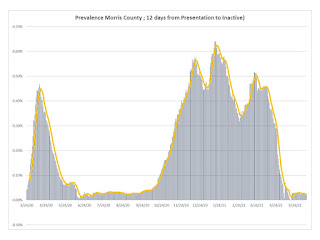Sherwin has written an interesting review of the events
surrounding the Cuban Missile Crisis. It is in a sense a minute-by-minute
summary of what occurred over the period with commentary on previous
recollections and written reports. In a sense the author is attempting to set
the record straight based upon new information and first-hand reports.
The book is exhaustive in its coverage of the period but
does preface it with the work leading to Hiroshima and the Eisenhower period of
dealing with Soviet nuclear expansion.
Overall, the book is expansive and details the interaction
of the key players who make both assumptions and policy, often devoid of
reality.
In a sense the book is pro-Kennedy, with the exception of
the slight interruptions of his “assistants”, Fiddle and Faddle, who seem to
play some unstated role. One sees Kennedy dealing with the conflicting advice
from his multiple advisors as well as having to deal with the generally pro-war
military.
For the most part the story has been told many times but
there are several issues which it raises. First is the generally gross
incompetence of the Intelligence community, the CIA, who after the Bay of Pigs
fiasco seem to have just dug a deeper whole for themselves. The CIA seems to
have continued its fumbling over an extensive period of time. Second is the Military
Officers in command whose blatant dislike of the civilian leadership. Neither
seemed to have served the American people well.
The book does raise some serious issues:
1. Did the Executive
and the Military have the faintest idea what damage could be brought by MT
nuclear devices? No where in the discussion is there anyone telling Kennedy
what may happen. These estimates were well known and circulated in DoD and the
Executive. Millions of deaths would result in just a few seconds. These weapons
would be 1,000 or more greater that Hiroshima (15KT),
2. Why was there no psychological profiles of Khrushchev and
other Soviet leaders so that one could have some understanding on how to deal
with them and moreover why they did what they did? Despite the alleged attempt
by Kennedy to try to understand Khrushchev there did not seem to have been any
detailed profiling of the individuals nor any attempt to understand why they
were doing what they were. This was another defect at the CIA then and I
suspect now.
3. Why did no one in the US side even realize that if they
tried to neutralize the nuclear sites there would always be one or more unseen
which would then be launched? This I have called the “cancer surgeon
metaphor”. Namely the surgeon can remove
what the surgeon sees, yet unseen malignant cells result in terminal metastasis.
The author recalls the Rumsfeld comment of “Known knowns” etc. The author
clearly indicates that Rumsfeld “folly” was his matrix of perception vs reality
had four entries, and it was missing fourth the bit him.
4. The “loose cannon” problem. This is the problem of having
some low-level office in charge of deploying a nuclear weapon doing so on their
own initiative. In Ellsberg recent book he details a multiplicity of these
occasions. Namely launch authority could be accomplished well below the Executive.
The author does and exceptionally good job in detailing the
facts as are know and it is done in a highly logical and accessible manner.
Very well worth the read.
Moreover, when one thinks of risks to humanity, nuclear weapons are number one. It is regrettable that politicians in general seem clueless as to the massive destruction of all life from just a few of these mega weapons.


































